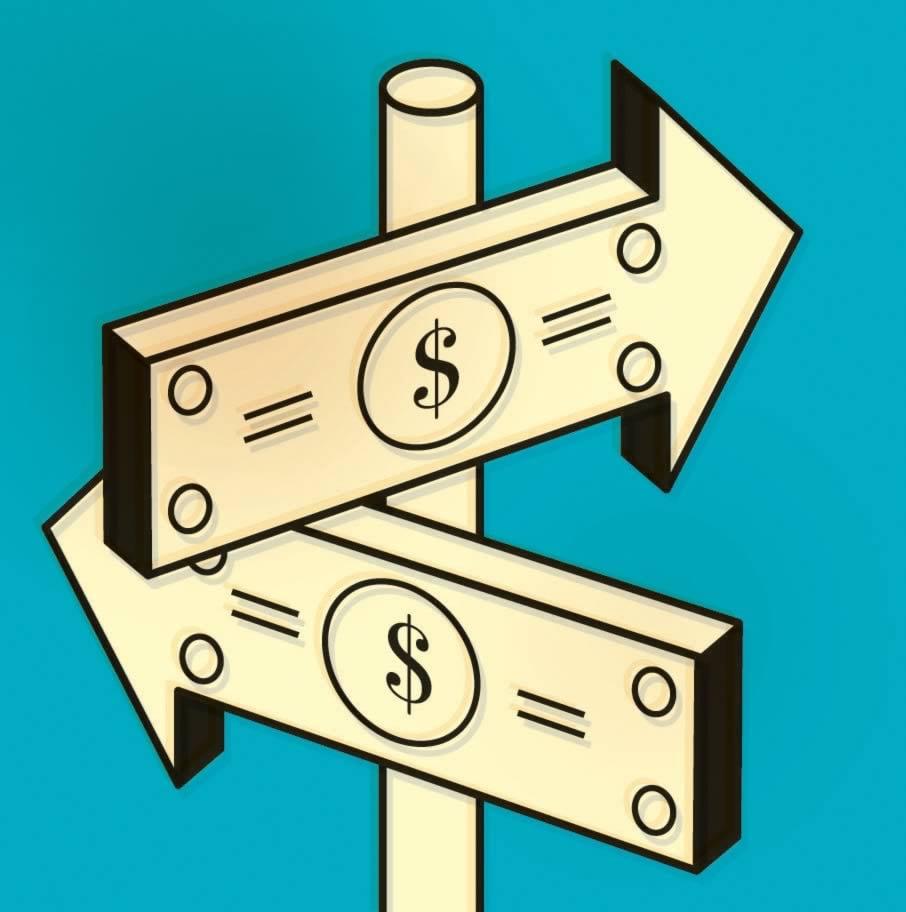Does All Debt Have Change Of Control Provision
A Focus on Proxy Puts: Change-of-Control Provisions in Perspective
A Q&A with Robert Grien

Analysis Group affiliate Robert Grien – managing manager and caput of the Finance and Restructuring Advisory Grouping at TM Capital letter Corp. – is an good with respect to credit agreements, credit analysis, circuitous financial structuring, market pricing, due diligence, restructuring, and valuation. Every bit a principal lender in hundreds of debt facilities aggregating to billions of dollars of committed capital, he has financed all types of leveraged transactions, including leveraged buyouts, corporate mergers and acquisitions, and recapitalizations.
Below, he shares some insights on how change-of-control provisions are used in the marketplace. Recently, a common component of these provisions – so-chosen "proxy puts" in which material changes to a borrower'south lath of directors trigger an dispatch of the loan repayment earlier information technology is due – has been subject to a significant amount of attention.
What are "change-of-control" provisions, and who requests them?
Change-of-command provisions are a standard component in debt agreements. This is especially truthful in non-investment-grade credits, such as leveraged loans, high yield bonds, and private mezzanine debt. These provisions are by and large designed to protect lenders in the event that the command of the borrower changes easily due to changes in share ownership or membership of the board.
Lenders demand these change-of-control provisions, which were originally crafted in the 1980s after lenders were burned in the aftermath of takeovers. In the globe of syndicated loans and high-yield bonds, these provisions are standard "boilerplate" and, equally a consequence, their absence could be expected to take an impact on the lender's ability to marketplace the newspaper to institutional investors.
Why do lenders seek change-of-control provisions such every bit proxy puts?
Proxy puts are provisions that allow borrowers to reevaluate their credit upon a change to the borrower'south lath of directors. Proxy puts are slightly less common than similar provisions triggered by changes in equity ownership, just nevertheless still appear in the vast majority of leveraged credits, peculiarly if the borrower is public or is probable to go public during the term of the credit.
Broadly, alter-of-control provisions protect lenders from changes in the governance of a borrower that might negatively bear on the borrower's credit quality. Lenders require these provisions to protect themselves from an event in which control of a borrower passes to an entity to which the lenders are uncomfortable lending. Seeking such protection makes business concern sense for lenders because the actions (or inactions) of those who control a borrower, such as the board, could have a material impact on the likelihood that the borrower will ultimately repay its debt and involvement.
Does All Debt Have Change Of Control Provision,
Source: https://www.analysisgroup.com/Insights/ag-feature/q-and-a/a-focus-on-proxy-puts--change-of-control-provisions-in-perspective/
Posted by: orrisdocials.blogspot.com


0 Response to "Does All Debt Have Change Of Control Provision"
Post a Comment